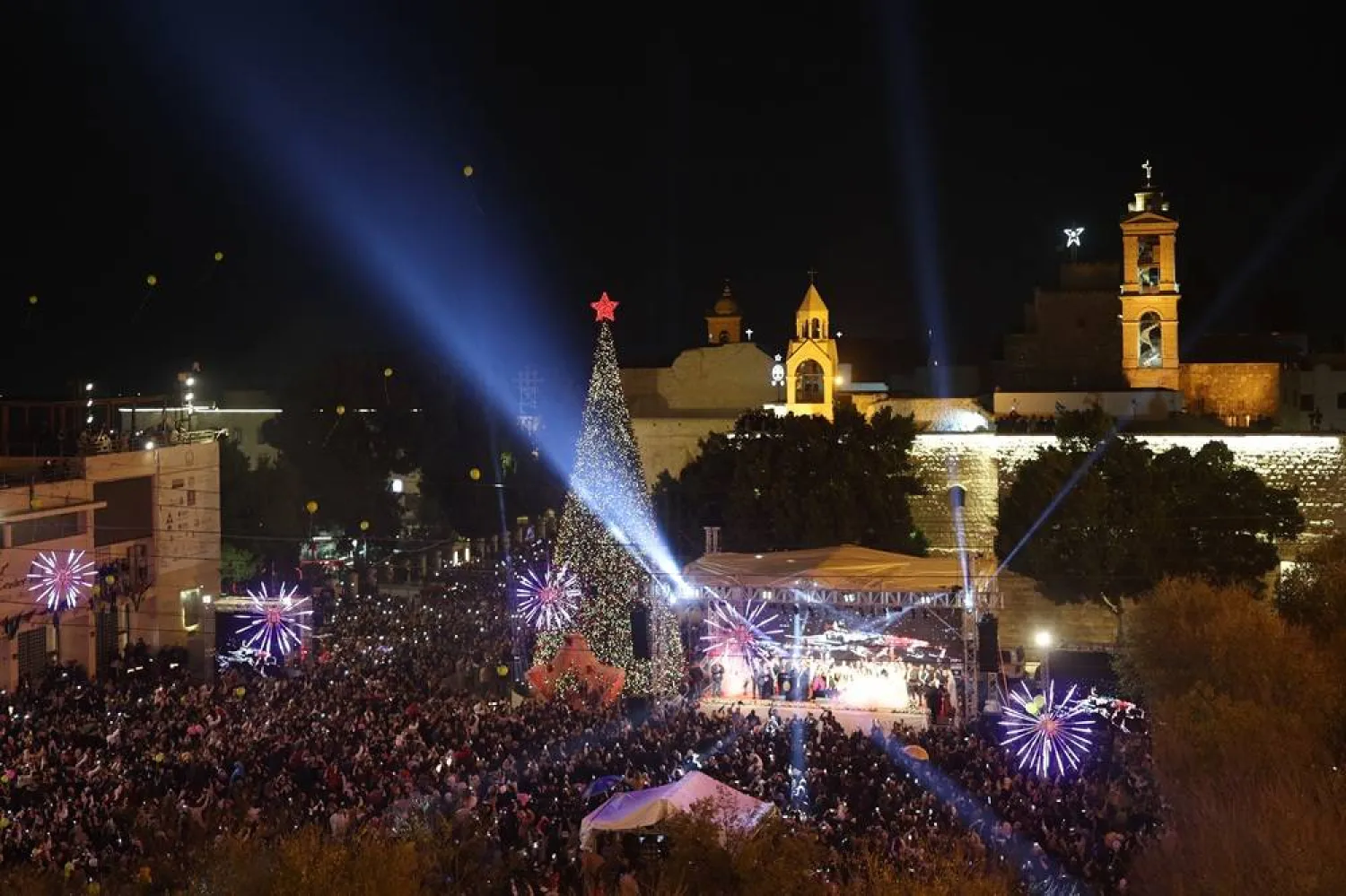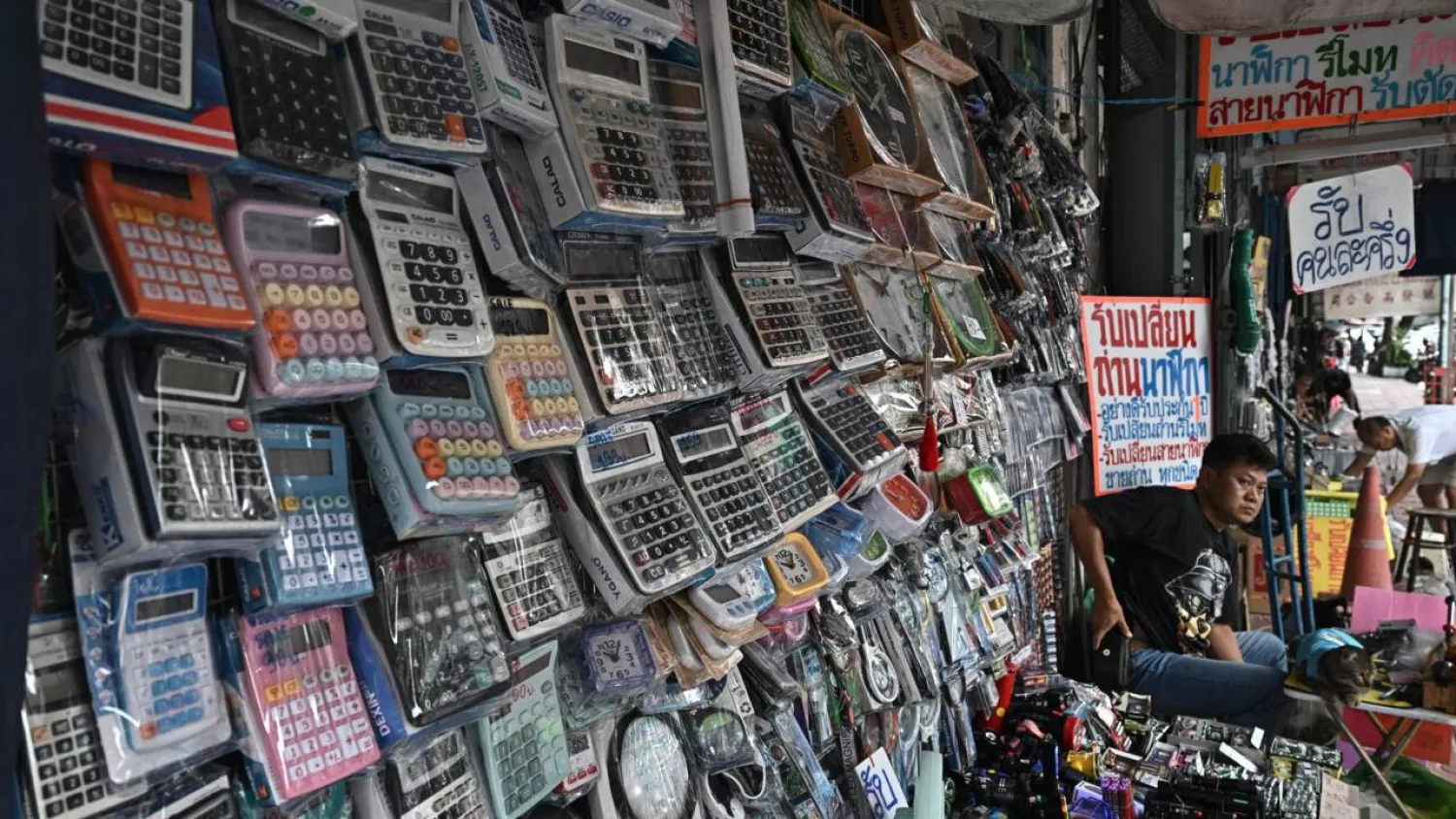A budding Iraqi filmmaker yells "action!" as an actress clambers over rubble in Mosul's Old City, proud students of a nascent film school in the former militant bastion.
Mosul still bears the scars of the brutal reign of the ISIS terrorist group, who overran the northern Iraqi city in 2014.
They destroyed everything from centuries-old churches to musical instruments, before being routed in a devastating battle in 2017.
Now, in a collaboration between the Mosul fine arts academy, a Belgian theater company and UN cultural agency UNESCO, 19 students are getting a chance to make their first short films.
"We live in Mosul, we know everything that happened," said 20-year-old theater student Mohammed Fawaz. "We want to show it all to the world through cinema."
Over a four-month course, students get a taste of everything from writing and shooting to acting and editing, according to Milo Rau, artistic director of Belgian NTGent theatre company who is behind the initiative.
Cameras and microphones in hand, the students are now hitting Mosul's streets to tell stories from their wounded city.
An actress dressed as a bride searches for her husband, only to discover he has stepped on a land mine.
Children and other residents crowd around curiously, while a neighbor refuses to turn off a noisy generator.
"We're losing the light," one of the instructors reminds students, as the December sun goes down.
Studying at the fine arts academy after the ISIS defeat was a bit like "passing from the Stone Age to modernity", said student Fawaz.
A fan of blockbuster movies like the Marvel and "Fast and Furious" franchises, Fawaz spent several of his teen years at home with no television or schooling under the extremists, learning English through books and thanks to a neighbor.
He and some classmates have already decided "to make films on Mosul and its war", Fawaz said.
After a month-long intensive session in October, the students have been trying out different roles as they pair up to make their films, said Belgian instructor, cameraman and filmmaker Daniel Demoustier.
All the equipment like lenses and sound gear brought in from abroad will stay, he said, with the goal for the students to "pick it up again and start making their films on their own".
Even if only three or four do so, "that will be a great success", he said.
Tamara Jamal, 19, said the course was her "first experience" with cinema.
Her short film tells the story of a young girl whose father beats her mother, while others have looked at issues including early marriage.
"Most of the students prefer to talk about stories where children play the main role," said Susana AbdulMajid, an Iraqi-German actress and teacher whose family is originally from Mosul.
Young people in the city "have gone through a lot of difficult and horrible things... there is a kind of longing for childhood, and also for a time of innocence", she said.
The students' nine works, each lasting up to five minutes, will be screened in Mosul in February before being presented to European festivals, said Rau.
His production of "Orestes in Mosul" -- an adaptation of Aeschylus's ancient Greek tragedy -- was produced in 2018-2019 with the participation of local students.
The goal now is to secure funding to keep the cinema department running, he said.
The next step will be "to have a small Mosul film festival... continuing what we started".









